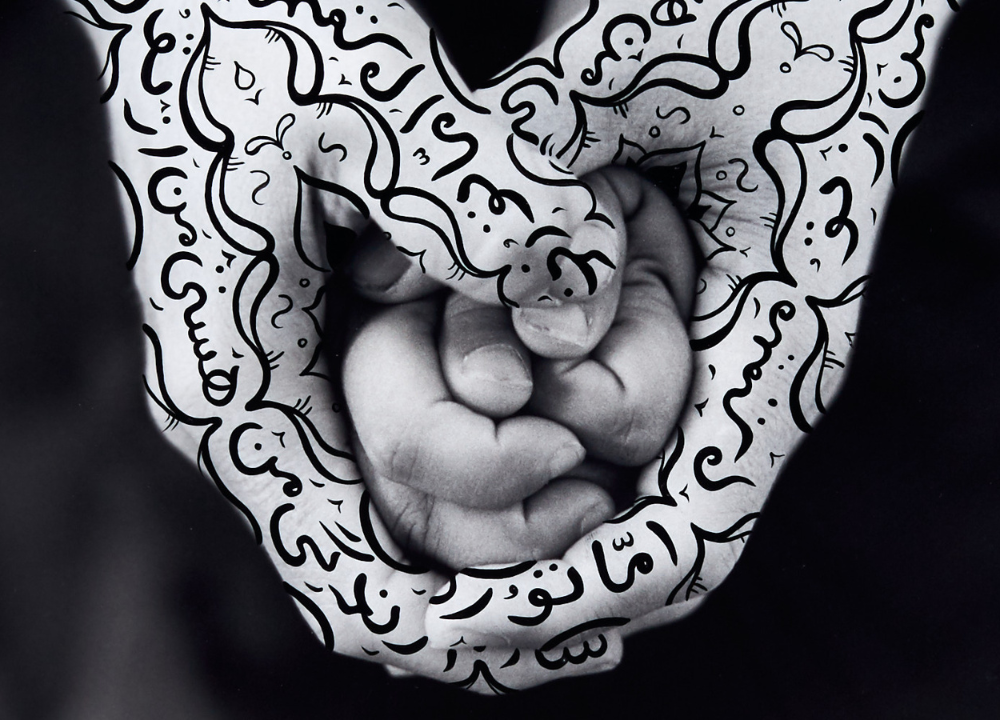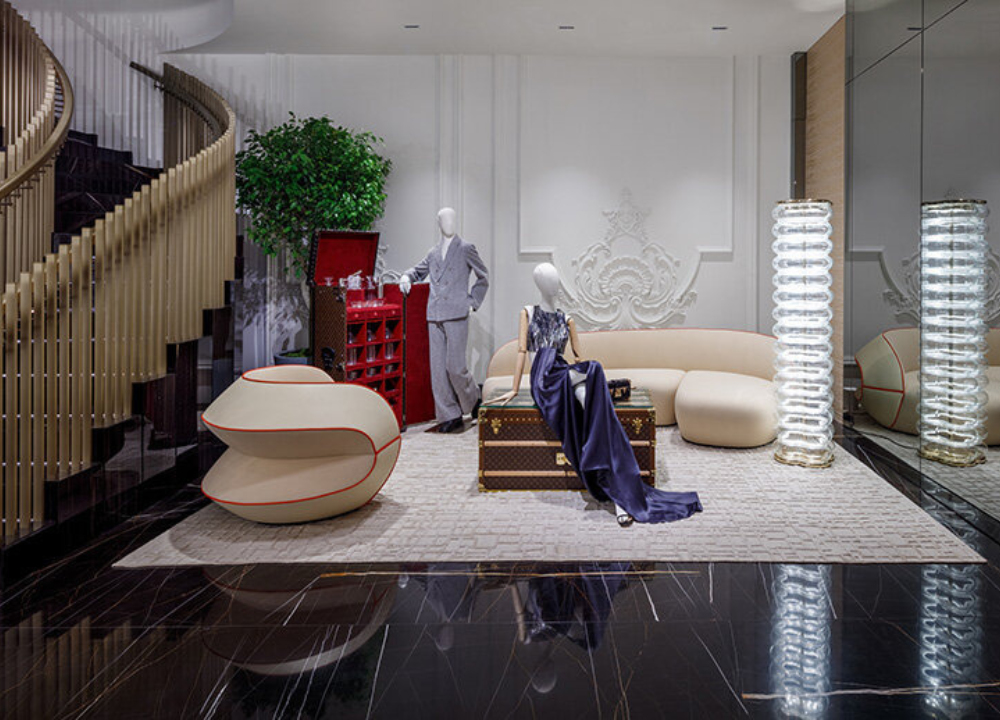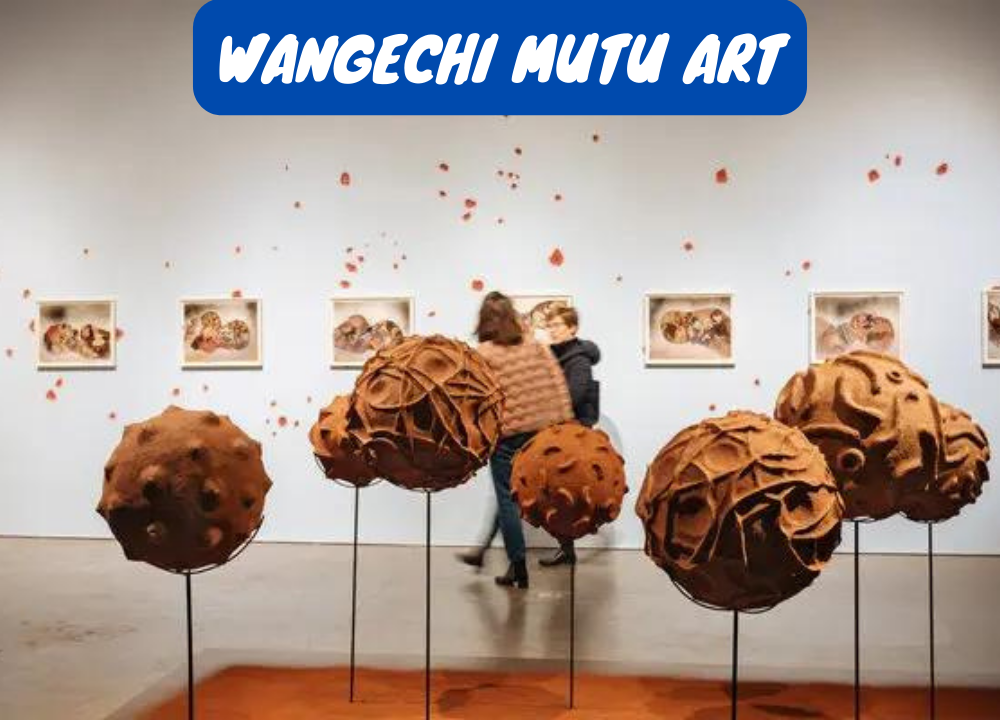Mixed media art combines different materials to create unique pieces. This approach opens endless possibilities for artists.
Artists can blend paint, paper, fabric, and found objects to express their ideas. By mixing various materials, you can add depth, texture, and interest to your artwork. This technique encourages experimentation and creativity. It allows you to break traditional boundaries and explore your artistic voice.
Whether you are a beginner or an experienced artist, mixed media offers a fresh way to create. You can discover new ways to tell stories and convey emotions. In this blog post, we will explore how to combine materials effectively. Get ready to unleash your creativity and make something truly special!
Introduction To Mixed Media
Exploring mixed media opens up a world of creativity. Artists blend various materials to create unique artworks. This art form encourages experimentation. It combines techniques and styles, leading to endless possibilities. Let’s dive into the basics of mixed media and discover its many benefits.
What Is Mixed Media?
Mixed media is an artistic technique that uses more than one material in a single artwork. This can include traditional items like paint and paper, along with unconventional materials such as fabric, metal, or found objects.
Artists enjoy mixed media for its freedom. There are no strict rules. Here are some common materials used in mixed media:
- Paint (acrylic, watercolor, oil)
- Paper (newspaper, magazines, handmade)
- Fabric (cotton, silk, felt)
- Natural materials (leaves, twigs, stones)
- Found objects (buttons, coins, toys)
Mixed media artworks can take many forms. Some popular styles include:
| Style | Description |
|---|---|
| Collage | Combining different images or materials on a surface |
| Mixed Media Painting | Using multiple paint types along with other materials |
| Assemblage | Creating a three-dimensional piece from found objects |
Understanding mixed media can inspire creativity. It invites exploration and innovation. Artists can express themselves in new ways.
Benefits Of Mixed Media
Mixed media offers many advantages for artists. It encourages creativity and self-expression. Here are some key benefits:
- Flexibility: Artists can choose various materials.
- Experimentation: Mixing different techniques leads to new discoveries.
- Unique Artworks: Every piece is distinct and personal.
- Accessibility: Many materials are easy to find and affordable.
- Skill Development: Artists can learn new methods and improve their techniques.
Mixed media can enhance artistic skills. It teaches how to combine textures and colors. Artists learn to think outside the box.
Using mixed media also helps in solving creative problems. Artists can adjust and modify their work easily. This adaptability allows for growth in artistic practice.
In summary, mixed media is a rich and diverse art form. It provides artists with endless opportunities for creativity.
Choosing Your Materials
Choosing the right materials is crucial in mixed media art. The right blend can bring your vision to life. Artists often experiment to find unique combinations. This journey of discovery leads to stunning creations. Let’s explore the materials you can use and where to find inspiration.
Types Of Materials
Mixed media art allows for endless possibilities. Here are some common materials you can use:
- Paint: Acrylics, watercolors, and oils.
- Paper: Newspaper, magazine clippings, and textured paper.
- Fabric: Cotton, silk, or any scrap fabric.
- Found Objects: Buttons, shells, or old jewelry.
- 3D Elements: Wood, clay, or metal pieces.
Each material adds its own texture and depth. Experiment with combinations to see what works best. Here’s a simple table showing how different materials can interact:
| Material | Effect |
|---|---|
| Acrylic Paint | Bright colors, fast-drying |
| Fabric | Soft texture, adds warmth |
| Paper | Variety of patterns, layers easily |
| Found Objects | Unique shapes, adds interest |
Mixing these materials can lead to unexpected results. Don’t be afraid to try new combinations. Your creativity is the only limit.
Finding Inspiration
Finding inspiration can spark your creativity. Look around you; inspiration is everywhere. Here are some effective ways to find new ideas:
- Nature: Observe colors, shapes, and textures.
- Art Galleries: Explore local or online exhibitions.
- Social Media: Follow artists and art communities.
- Books and Magazines: Browse art books for techniques and ideas.
- Everyday Life: Take photos of interesting scenes or objects.
Keep an inspiration journal. Write down your ideas and sketches. Collect images, colors, and materials that catch your eye. This can help you develop your style.
Join workshops or online forums. Sharing ideas with others fuels creativity. Engage with fellow artists and see their work. Collaboration can lead to exciting new projects.
Stay curious and open-minded. Inspiration often comes from unexpected places. Trust your instincts and let your imagination guide you.
Techniques For Mixing Media
Mixed media art combines different materials to create unique pieces. This method allows artists to express their ideas in new ways. Techniques for mixing media are essential for achieving interesting results. Each technique offers a different approach to enhance creativity and visual appeal.
Layering Techniques
Layering is a popular technique in mixed media art. It involves stacking various materials to build depth and complexity. Artists can create stunning visual effects by using layers of paint, paper, fabric, and other materials. Here are some effective layering techniques:
- Base Layer: Start with a solid base using paint or collage.
- Transparency: Use transparent materials like tissue paper to let underlying colors show through.
- Color Gradation: Blend different colors in layers to create smooth transitions.
- Contrasting Textures: Combine smooth and rough materials to add interest.
Consider using a table to organize your layers. For example:
| Layer Number | Material Used | Technique |
|---|---|---|
| 1 | Acrylic Paint | Base Layer |
| 2 | Collage Paper | Transparency |
| 3 | Oil Pastels | Color Gradation |
| 4 | Fabric Scraps | Contrasting Textures |
Layering not only adds depth but also tells a story. Each layer can represent a different idea or emotion. Use this technique to enhance your mixed media creations.
Textural Elements
Textural elements play a crucial role in mixed media art. They add visual interest and tactile quality to artworks. Different textures can evoke emotions and draw viewers in. Here are ways to incorporate textural elements:
- Fabric: Add pieces of fabric for softness and warmth.
- Sand or Grit: Mix sand with paint for a rough finish.
- Natural Materials: Use leaves, twigs, or stones for organic textures.
- Found Objects: Incorporate everyday items like buttons or coins.
Creating texture can be simple. Try these techniques:
- Use a palette knife to apply thick paint.
- Glue materials onto the surface for raised areas.
- Experiment with different tools, like sponges or brushes.
Textural elements not only enhance the look of your artwork but also invite touch. They create a rich experience for viewers. Use a variety of textures to make your mixed media pieces stand out.
Color Theory In Mixed Media
Mixed media art offers exciting ways to create unique artworks. Artists can combine various materials and techniques. One essential aspect of this process is color theory. Understanding color theory helps artists mix colors effectively. It guides choices in color combinations and their emotional impact.
Color Combinations
Color combinations play a vital role in mixed media art. They can enhance the visual appeal of your artwork. Using the right colors together can create harmony or contrast. Here are some effective ways to combine colors:
- Complementary Colors: Colors opposite each other on the color wheel. They create strong contrast.
- Analogous Colors: Colors next to each other on the wheel. They create a serene and comfortable look.
- Triadic Colors: Three colors evenly spaced on the wheel. They offer a vibrant and balanced palette.
Consider this table for quick reference:
| Color Scheme | Description | Example Colors |
|---|---|---|
| Complementary | High contrast and vibrant | Blue and Orange |
| Analogous | Harmonious and soothing | Red, Red-Orange, Orange |
| Triadic | Balanced and dynamic | Red, Yellow, Blue |
Experiment with these combinations. Try different shades and tints to find what works best. Mixing materials like paint, paper, and fabric adds depth. Be bold and adventurous in your choices.
Creating Mood With Color
Colors have the power to evoke emotions. The right color choices can set the mood for your artwork. For instance:
- Warm Colors: Reds, oranges, and yellows create energy and warmth.
- Cool Colors: Blues, greens, and purples inspire calmness and tranquility.
- Neutral Colors: Grays, browns, and whites can create balance or a minimalist feel.
Think about the feelings you want to express. Here are some color moods to consider:
- Joyful: Use bright yellows and pinks.
- Melancholic: Incorporate deep blues and purples.
- Energetic: Choose vibrant reds and oranges.
Colors can work together to create a strong emotional impact. Mixing different materials can enhance this effect. Layering textures with color creates visual interest. Always trust your instincts. Your personal feelings about colors can guide your choices.
Tools And Equipment
Exploring mixed media art opens a world of creativity. Combining different materials can create unique artworks. To start your journey, you need the right tools and equipment. These help you bring your ideas to life. Knowing what you need makes the process easier and more enjoyable. Let’s dive into the essential tools and how to set up your workspace.
Essential Tools
Having the right tools is key for mixed media art. Here are some essential tools you should consider:
- Scissors: Use sharp scissors for cutting paper and other materials.
- Glue: A strong adhesive is important for sticking different materials together.
- Paintbrushes: Different sizes help you create various effects.
- Palette: Use this for mixing paints.
- Craft Knife: A precision tool for detailed cuts.
- Ruler: Helps in measuring and drawing straight lines.
Here’s a simple table to summarize the essential tools:
| Tool | Purpose |
|---|---|
| Scissors | Cutting materials |
| Glue | Adhering different items |
| Paintbrushes | Applying paint |
| Palette | Mixing colors |
| Craft Knife | Detailed cutting |
| Ruler | Measuring |
These tools make your mixed media projects easier. They allow you to experiment and express your creativity. Start with these basics, then add more tools as you grow.
Workspace Setup
A well-organized workspace boosts creativity. Find a comfortable spot with good lighting. Make sure it’s quiet and free from distractions. Here are some tips for setting up your workspace:
- Table: Use a sturdy table with enough space for your materials.
- Storage: Keep your tools and materials organized. Use boxes or drawers.
- Lighting: Good lighting helps you see colors and details better.
- Protective Cover: Use a mat or newspaper to protect your table.
Consider this simple checklist for your workspace:
| Item | Purpose |
|---|---|
| Sturdy Table | Work on projects |
| Storage | Organize tools |
| Good Lighting | See details clearly |
| Protective Cover | Keep table clean |
Setting up your workspace is important for your art practice. A tidy area makes it easier to focus and be creative. Take time to arrange your tools where you can easily reach them.
Creating Your First Artwork
Exploring mixed media can open new doors in your art. Combining different materials creates unique artworks. Creating your first artwork is exciting and a bit challenging. With the right steps, you can make something special. Let’s dive into the details.
Planning Your Piece
Planning is key to a successful mixed media artwork. Start by deciding on a theme or subject. This will guide your choices. Consider the following steps:
- Choose a Theme: Think about what inspires you. It could be nature, emotions, or everyday objects.
- Select Materials: Gather different materials you want to use. Common options include:
| Material | Use |
|---|---|
| Paper | Collage backgrounds or texture |
| Paint | Add color and depth |
| Fabric | Introduce softness and layers |
| Found Objects | Create visual interest |
Next, sketch your idea. This does not need to be perfect. Just a simple outline can help. Think about the layout and how materials will fit together. Consider texture, color, and balance. Keeping these in mind will enhance your artwork.
Step-by-step Process
Now that you have a plan, it’s time to create. Follow these simple steps:
- Prepare Your Surface: Choose a sturdy base like canvas or wood. Make sure it is clean and dry.
- Start with a Base Layer: Apply a base layer using paint or paper. This will set the tone for your piece.
- Add Layers: Gradually add different materials. Use glue or paste to secure them.
- Incorporate Textures: Use fabric or other items to create depth. Experiment with placement.
- Final Touches: Step back and review your artwork. Add any final details or adjustments.
Remember, art is personal. There are no strict rules. Enjoy the process of creating. Let your imagination guide you. Your first mixed media artwork can be a unique expression of yourself.
Conclusion
Mixed media art offers endless possibilities for creativity. Combining different materials can lead to stunning results. Experimentation is key. Don’t be afraid to try new things. Use paint, paper, fabric, and found objects together. Each piece tells a unique story.
Share your artworks with others. You might inspire someone else. Embrace your artistic journey. Enjoy the process of creating. Let your imagination guide you. Start exploring mixed media today and see where it takes you. Your next masterpiece awaits.




